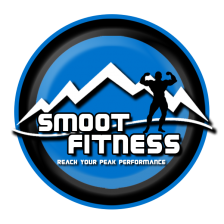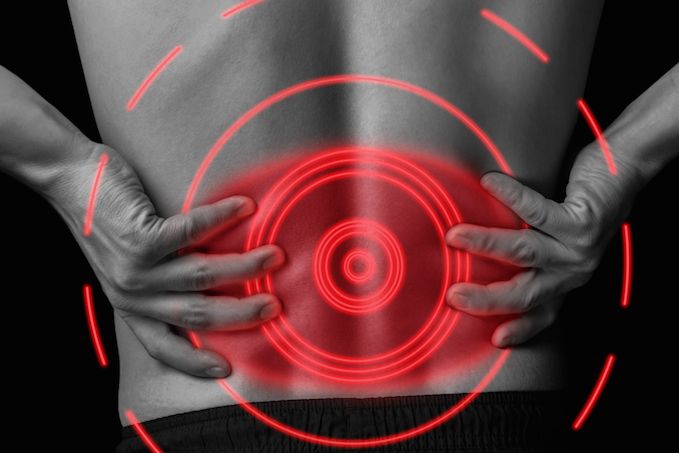*Photo Credit: leanmuscleproject.com
I have a love-hate relationship with the deadlift.
I love it because it’s one of the best exercises for building total body strength, power, and for building a bodacious backside.
I hate it – well, hated it – because it used to kill my lower back.
The 2-3 days following a deadlift session?
I’d be temporarily crippled.
Lower back pain will wreak havoc on your ability to perform well in the weight room (as well as destroy your quality of life).
Here’s what I did to fix it:
**Disclaimer: I am not a medical professional. None of the information in this article should be taken as medical advice. If you are experiencing pain, seek help from your doctor.
- I Started Performing More “Back Friendly” Deadlift Variations
The main movements I focused on were:
- Sumo Block Pulls
- Single Leg RDLS
- Trap Bar Deadlifts
I stuck to these movements for a few months (until I went eight weeks without any pain in my lower back after a training session).
Then, I started re-introducing sumo pulls and conventional pulls from the floor.
- I Performed Breathing/Bracing Drills Daily
I did this for about four weeks (the video I got the drills from can be found HERE).
Then, I continued performing breathing drills on my off days 2-3x per week.
Somehow, I had lost my ability to breathe/brace properly (I couldn’t create circumferential expansion, or simultaneously breathe air in to my low back, belly, and sides).
And this was preventing me from being able to maintain a neutral spine during the deadlift (which was putting a ton of stress on my low back).
- I Worked On My Technique
The main changes I made were as follows:
- I focused on PUSHING through the floor with my legs instead of pulling with my low back (I’ve been working on that ever since I started deadlifting…still working on it now).
- I started keeping my arms as long as possible (as opposed to driving my shoulders in to my back pockets).
- I started getting air and setting my brace at the bottom of the movement (as opposed to taking a big breathe at the top of the movement and then bending over to grab the bar).
These three changes have allowed me to create – and maintain – a better brace while creating a ton more leg drive.
My lower back’s been happier ever since.
- I Improved My Hip and Ankle Mobility
Lastly, I performed 1-2 hip and ankle mobility drills after every training session, and on my off days away from the gym (for about 8 weeks).
I performed the exercises found in THIS article.
Your body is like a ladder.
When one rung of the ladder (i.e. joint) isn’t working properly – or in other words, is lacking mobility or stability – the rung above or below it will pick up the slack.
Once my hips and ankles became more mobile, it allowed my lower back to stay more stable.
And, as a result, my lower back pain decreased dramatically.
Want to Build Crazy Amounts of Strength?
Signup below to receive my [FREE] strength training manuel delivered in the next 60 seconds.


Leave a Reply